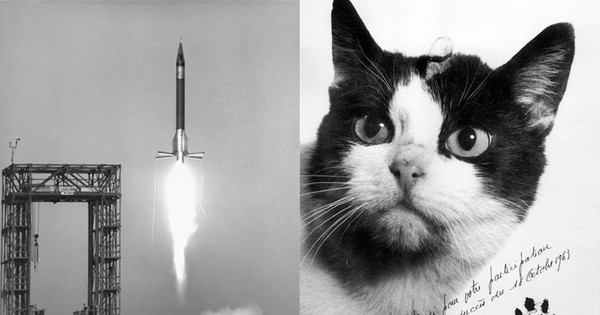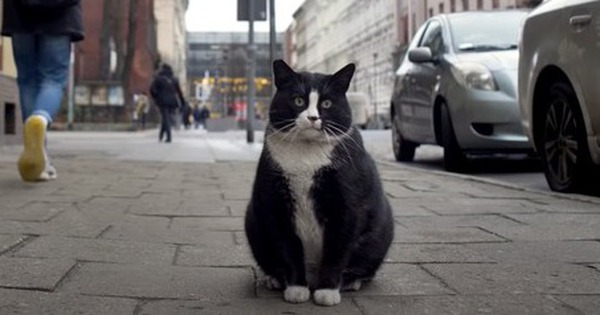Sign up for daily gardening advice and tips

Hey—What’s that smell? If you think you’ve got a skunk hanging around your yard, it’s time to act! Here’s how to identify and deter skunks from your yard and garden.
What Are Skunks?
Skunks are nocturnal animals that are naturally mild-mannered and non-aggressive; they prefer small animals and insects for dinner instead of your garden. They occasionally visit gardens and if they do, it may be because corn or other plants are close to the ground.

The skunk claims homesteading rights from coast to coast. Distributed across the country are 4 species of skunks, including the striped skunk (Mephitis mephitis) and the spotted skunk (Spilogale putorius). The common striped skunk lives mostly in sparse forests and fields.

Skunks can be very nice to have around because they dig up and feed on the larvae of cutworms, Japanese beetles, hornworms, and other crop-destroying insect life. However, skunks are not only partial to insects; they will eat leaves, buds, grasses, grains, garbage, any fruit or berries within reach, and even small game. They also may disturb your plants while digging for these grubs. This is what can make them a bit of a nuisance to gardeners.
Although their nocturnal wanderings around our fields and gardens, lawns, and flower beds cause us occasional inconvenience and uneasiness, these are minor faults which can be readily overlooked by the time the Harvest Moon begins to shine. It is then that the skunk’s appetite for the pests that plague our gardens helps make it possible for that Moon to glow over a cornucopia brimming with plenty.

Why and How Do Skunks Spray?
Skunks are famous for their skunk spray—you can smell an angry skunk from over a mile away. Furthermore, a skunk can “shoot” you from 10 to 12 feet, sideways, up, or down, with little apparent effort. Most gardeners worry more about a skunk spraying in the garden, on the gardener, or on a pet than about a skunk chewing up some veggies.

Under a skunk’s tail are two pouches equipped with a pair of ducts which, in peacetime, remain hidden, but which quickly expose themselves when danger threatens. Their foul ammunition is a golden-yellow liquid whose active ingredient is the sulfide mercaptan. Each of the two pouches contains enough ammunition for six rounds. After the supply is exhausted, a week’s time is required to replenish it. This spray has made skunks creatures feared by nearly all animals, including most of mankind.
A skunk’s warfare is purely defensive. When confronted by a menacing man or clamorous dog, skunks will try to sidestep by ambling off. This means that if you find a skunk, simply turn back and you should be fine. If pursued, skunks will turn, face their aggressor, and stamp their forefeet. This is their first warning. At this point, you should really be running!
The second warning comes when their tails, all but the tips, are hoisted. Then, this ultimatum failing to establish peace, the white tip rises, and spreads out, and the skunk, snapping into a U-position with snout and rear toward the target, delivers a charge of spray. At this point, it is simply too late, and your dog probably smells foul.
People usually get sprayed when they are walking through their yards in the dark (if you can’t see a skunk, you can’t run away), or if they disturb a skunk while eating. Those are good reasons to keep skunks out of your yard in the first place—and to always carry a flashlight!




